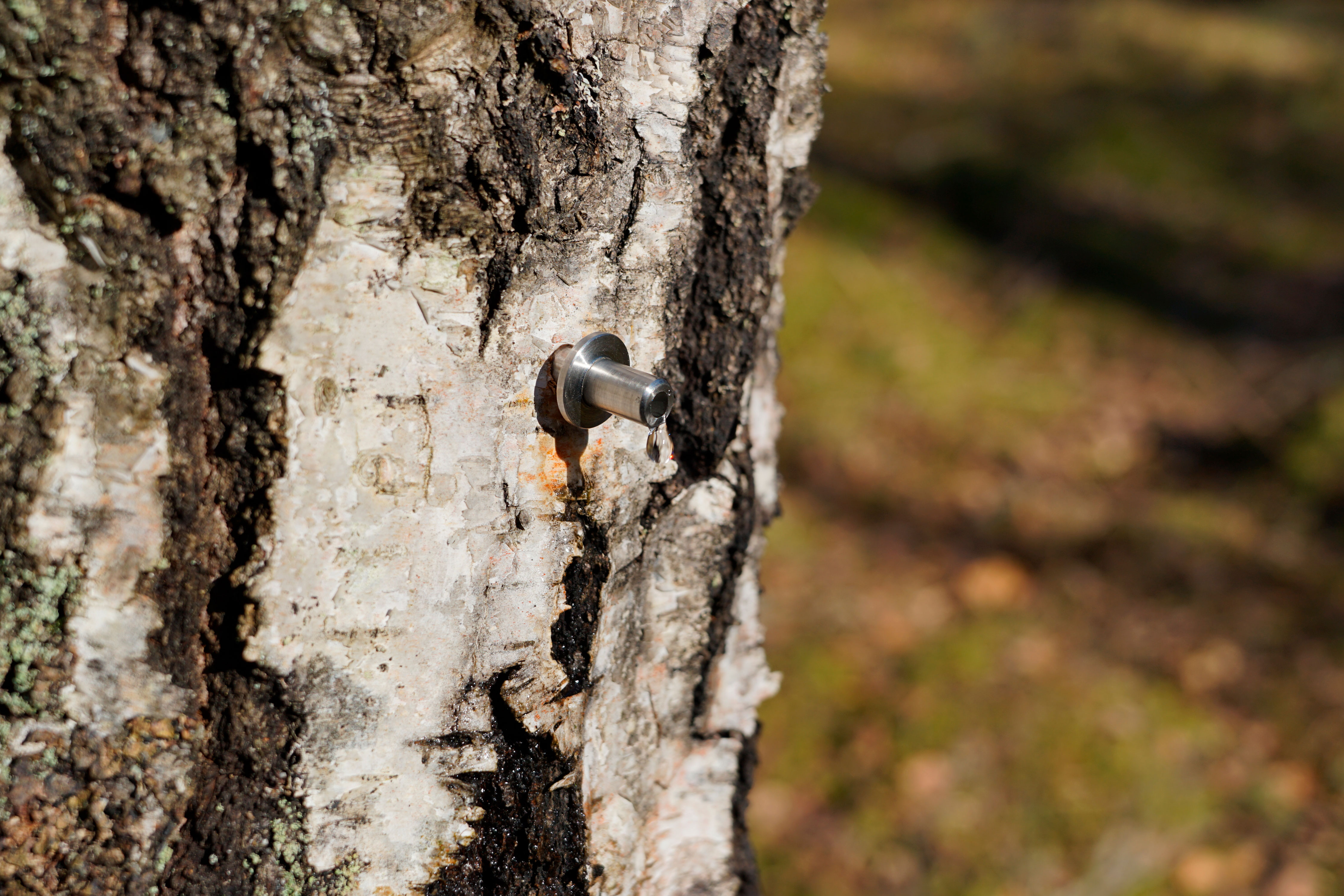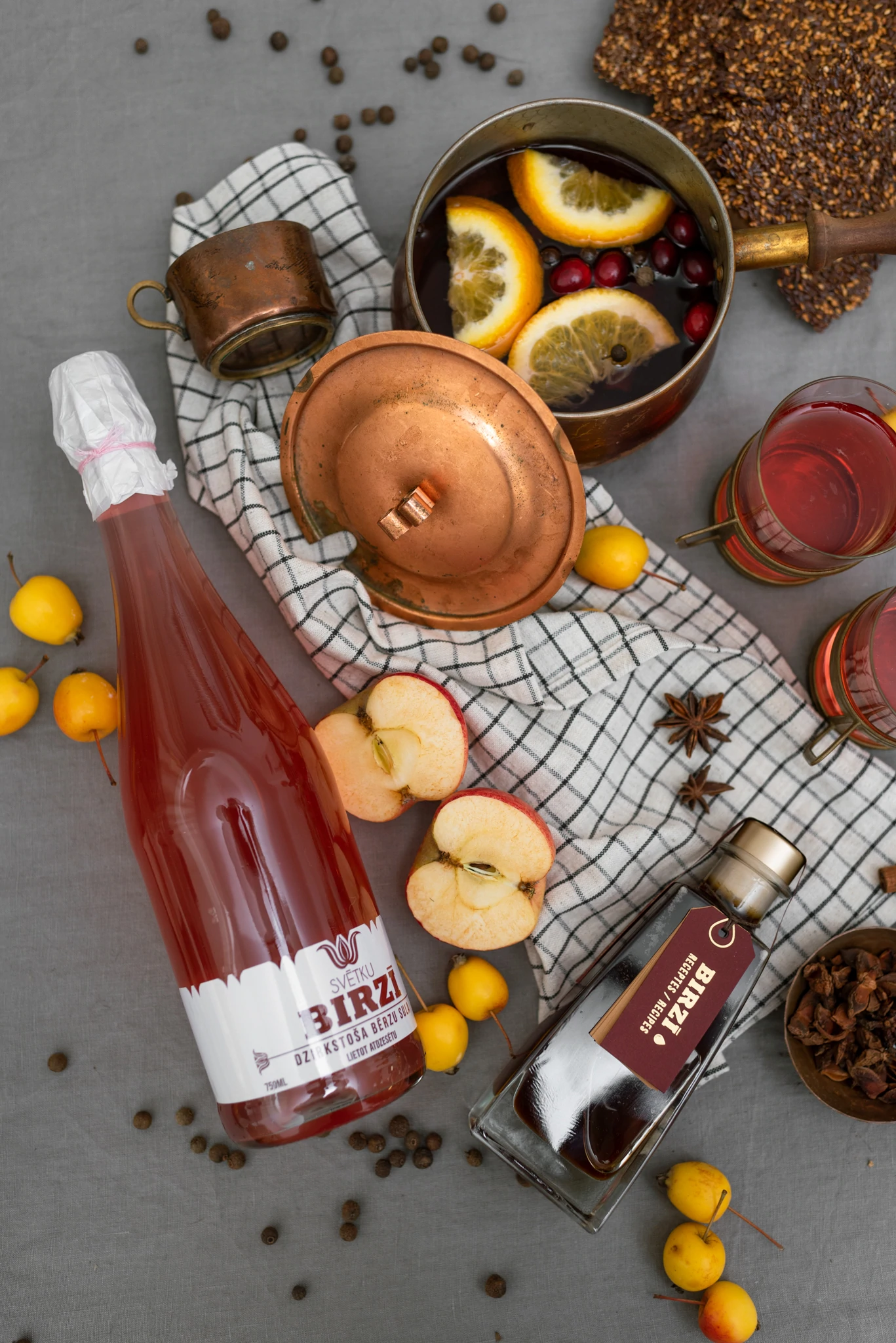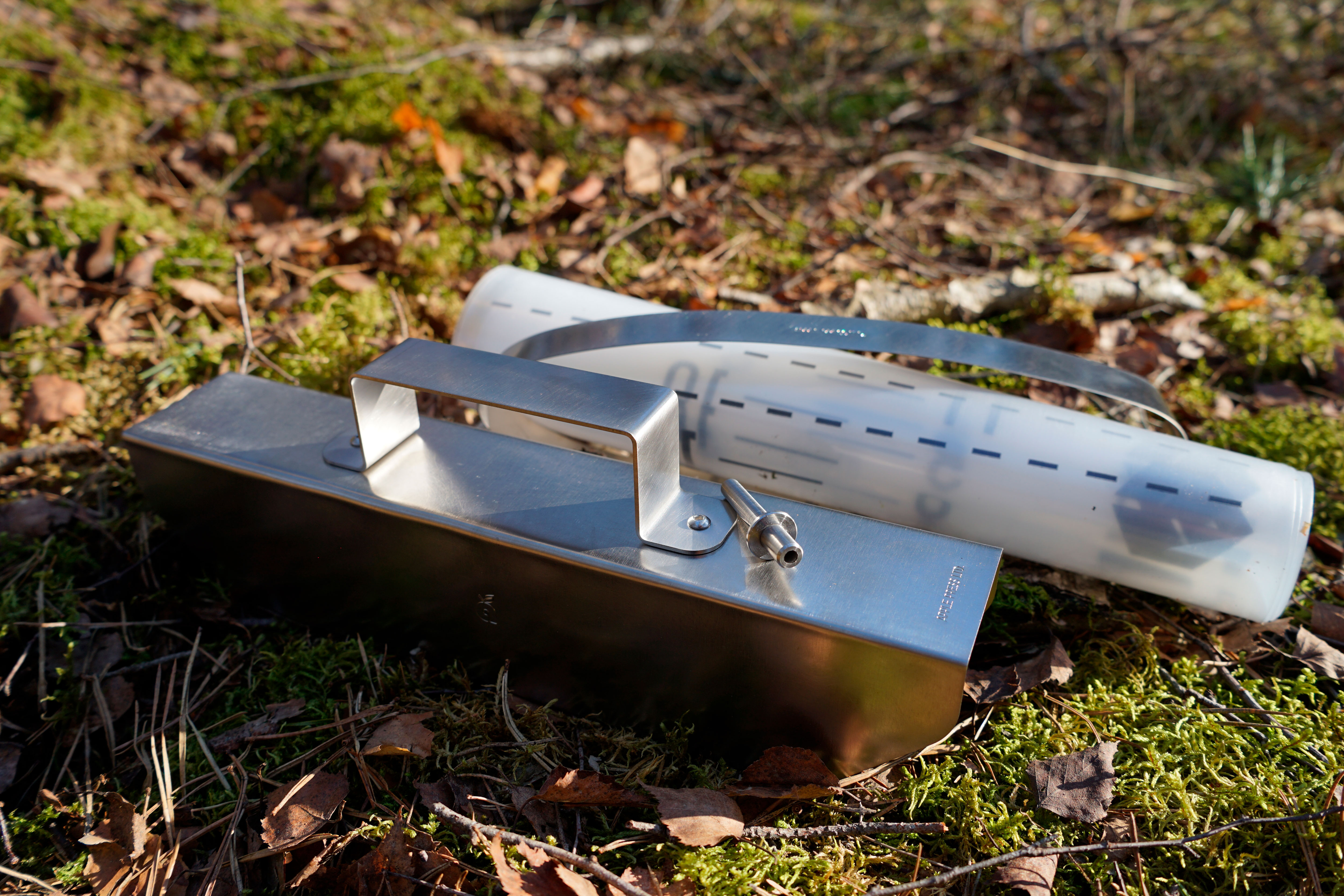How to Correctly Harvest Birch Sap – Tapping Tips
Where it is allowed to harvest birch sap
Every resident of Latvia is allowed to harvest birch sap free of charge in the forests owned by LVM (Latvijas Valsts Meži). They can do it only for their own consumption by drilling 1 hole. At the drilling site (up to 50 centimetres from the ground), the tree must be at least 40 centimetres in diameter.
You can find the nearest sap harvesting forest on the official LVM (Latvijas Valsts Meži) map at:
https://www.lvmgeo.lv/kartes
Or you can download the LVM GEO Mobile application.
It is prohibited to harvest sap in city parks, nature parks, and conservation areas. It is not recommended to harvest sap from trees located along highways, railways, and near residential complexes.
The law does not restrict in any way birch sap harvesting on private territories.
Where to harvest birch sap
It is recommended to harvest birch sap in the forest, preferably in a birch grove, and not on a free-standing tree. It is not a good idea to harvest sap in swampy areas.
The sap taste may vary depending on the place where birches grow. Such factors as sunlight, soil, neighbouring trees, and harvesting time may affect the sap taste.
When to harvest birch sap
The end of February-March (depending on the region), when the buds begin to swell, is the best time to begin sap harvesting. When the leaves open, it’s time to finish harvesting. From 12 pm to 6 pm is the best time for sap harvesting.
The sap harvested at the end of March is more watery. In April, when the buds begin to blossom, the sap contains more micronutrients and sugars.
Birch sap harvesting – tapping process
Choose the sunny side of the tree - it wakes up earlier and gives more sap. You can have 1-2 taps on one tree, very rarely 3.
- Minimum trunk diameter 20 cm – 1 tap
- Minimum trunk diameter 40 cm – 2 taps
NB: This is the rule you can follow on your private land. In the LVM (Latvia’s State Forests) forests you can drill only one hole on a tree with a minimum trunk diameter of 40cm.
1) Drill a hole at a height of about 50 cm from the ground.Drill a hole about 5 cm deep (including the bark). You can drill trees with thick bark about 6-6.5 cm deep. To control the drilling depth, it is helpful to use a drill stop.
Drill diameter should not exceed 8mm. The smaller the hole is, the less damage is done to the tree and the wound will heal faster. The optimal diameter of the hole is about 7mm - enough to harvest sap and causing minimal damage to the tree.
The drilling angle is about 90 degrees slightly downwards. To drill a hole, you can use a battery-powered drill or a hand drill. Using a hand drill you do not have to worry about recharging the battery and the drill takes up less space in the backpack, as well as it weighs less. However, when using a hand drill, it is much more difficult to maintain the required drilling angle, which can result in making a slightly oval hole. An oval hole cannot provide the required tightness.
For precise drilling, the Canadian company CDL produces a special device (Precision Tapper) which can help you drill perfect holes and eliminate any possible leaks, which is crucial for the vacuum method used to harvest sap on an industrial scale.
2) Hammer the spout into the drilled hole with a small hammer.You should remember that a spout is not a nail, and you hammer the spout with light flicks of your wrist to avoid splitting the tree trunk and deforming the spout. One side of the spout should have a conical shape in order to be tightly fixed in the hole. Stainless steel spouts are the best, since they never break off in the trunk of a tree, unlike plastic ones. Metal spouts are also easier to disinfect before use by boiling them in water. Bacteria are the greatest danger for birch sap harvesting.
Another tip is to sterilize the drill bit before each tap hole to avoid carrying fungi and disease from one tree to another. You need a bottle of alcohol with a spray bottle to properly sterilize the drill bit.
You should avoid drilling new holes near old ones. A new hole is usually drilled 20 cm to the right of the last year mark.
In addition to the obvious wound on the trunk, each tap hole creates a vertical strip of dark wood (compartmentalized) that no longer allows the sap to circulate. This strip is 20 to 50 cm high on either side of the cut and 10 to 15 cm wide.
Therefore, if you are going to harvest sap from the same trees for a long time, you can make a mark with paint around the hole you have just made or use a small thumbtack with a coloured head and change the colour every year. It will make it easier to recognize the location of the last year hole when you return to the tree next season.
3) Set up a sap containerYou can use the following things as a container to harvest sap:
- plastic bag with special holder
- glass bottle with a stopper
- PET drinking water bottle
- plastic bucket
- glass bottle or jar
- sap bucket with a side opening (a traditional container for harvesting maple sap in Canada)

The spout usually has a ledge or hook on which you can hang the bottle by a metal shackle, bag holder or other container. The metal spout must be connected to the container using a silicone tube of the desired length. The container lid should have a neat hole for the tube to limit the contact with the air and keep insects from getting inside the container, as sweet nectar quickly attracts insects. The sap container should be kept away from the sun and not left for longer than 6 hours, since on sunny spring days the sap can quickly turn sour.
The tree can produce 5-6 litres of sap in one day. Further, the daily volume of sap will decrease. To compensate for the decrease in the volume of sap harvested, it is necessary to minimize contact of the tap hole with oxygen, since it is oxygen that triggers the process of clogging of the sap-conducting channels around the tap hole.
In a good season, it is possible to harvest up to 50 litters of sap from one tree. Yield depends on the season, trunk size, and weather conditions.
4) After you have finished harvesting sap, carefully remove the spout from the trunk of the tree without lifting or damaging the bark.Never plug the tap hole with a foreign body (knag, wooden dowel, graft seal or moss) as it will slow down the overgrowth process and may cause rotting of the tree trunk. Also, never use alcohol to disinfect a tree wound. In this case, the wound will completely heal within 1-2 years as trees can heal their wounds by itself.
Storage
Store the harvested sap in the refrigerator for no more than 2 days.
Pasteurized sap can be stored for 1-2 years.
Frozen sap retains most of the vitamins and minerals.
What you can use sap for?
- drink fresh
- sparkling wine made of birch sap
- birch sap syrup

Equipment for sap harvesting:
- Drill with drill stop
- Hand or battery-powered drill
- Spouts
- Hooks for hanging sap container
- Hammer
- Silicon tube
- Sap container


Interesting facts!
You can also harvest maple sap, beech sap, ash sap, walnut sap (sap of walnut, black and Manchurian walnut trees). Tree syrup manufacturers claim that properly boiled nut syrup tastes better than the best maple syrup!

The information provided in this article is based on the legislation of the Republic of Latvia. All laws and regulations of the destination country must be followed when harvesting tree sap in other countries.